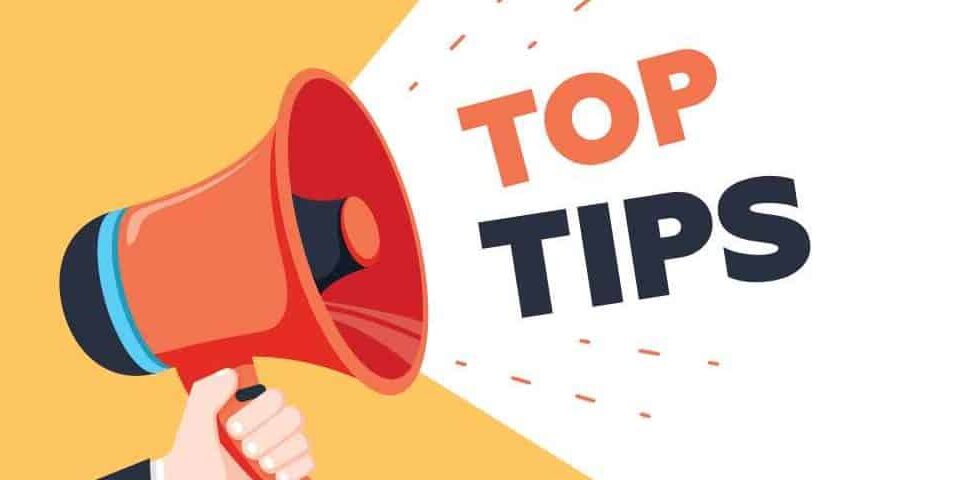
Understanding the Scoring Criteria for PTE Read Aloud
July 17, 2024
Pronunciation Tips to Ace the PTE Read Aloud Tasks
July 22, 2024Introduction to Personalized Learning Plans
Personalized Learning Plans (PLPs) are customized instructional strategies designed based on individual student’s strengths, areas of improvement and goals. They enable a learner-centric approach that involves active participation from students, encouraging them to take ownership of their learning journey.
In the context of Pearson Test of English (PTE) Academic, a PLP can be a significant game-changer augmenting a candidate’s performance and results. This article explores how PLPs can be effectively used for PTE Academic success.
Understanding PTE Academic Format
A PLP must begin with a comprehensive understanding of the PTE Academic format. This English language proficiency test is divided into four components: reading, writing, listening, and speaking. Each must be understood individually for a holistic study plan.
PTE Academic tests real-life language skills hence candidates must familiarize themselves with the type of tasks they will do, such as summarizing written text, interpreting information from a graph, and listening to lectures or discussions and answering questions about them.
Analyzing Individual Learning Styles
Recognizing your unique learning style is crucial for the development of an effective PLP. Not everyone learns in the same way. Some people may prefer visual aids, whereas others may learn better through auditory or kinesthetic means.
Understanding this preference will allow the PLP to be designed around methodologies that are the most conducive to the individual’s learning style, making study sessions more productive and engaging. Do not hesitate to ask the tutor of your online PTE course to help with this.
Identifying Strengths and Areas of Improvement
An accurate assessment of strengths and areas for improvement provides a solid starting point for a PLP. PTE Academic spans a wide range of skills from reading to writing. A balanced plan should enhance strengths while systematically addressing areas that require improvement.
Utilizing PTE mock tests, self-assessment, and feedback from tutors can give valuable insights into a candidate’s performance which can then be incorporated into the PLP.
Setting Clear Goals
Goal setting is a vital part of a PLP. They help maintain focus, motivation and provide a sense of direction during the learning journey. Be sure to set SMART (Specific, Measurable, Achievable, Relevant, Time-Bound) goals.
For PTE Academic, goals could be achieving a specific score in the test, improving fluency in speaking, or enhancing vocabulary.
Building Customized Study Schedules
Regular practice is key for PTE Academic success. A well-structured and balanced study schedule that is aligned with the learner’s lifestyle fosters consistency and discipline.
Daily practice sessions must be divided among reading, writing, listening, and speaking skills. Time allocated for each can be adjusted based on performance data and feedback.
Implementation of Technology & Tools
Using digital tools elevate the learning experience. Tools such as online dictionaries, vocabulary building applications, PTE practice tests, and grammar correction software can be integrated into the PLP. Also, video lessons or podcasts offer flexibility maximizing productivity.
Technology not only lends efficiency but also makes learning interactive and fun, leading to sustained engagement with the course.
Continuous Monitoring & Revision
The PLP is a dynamic document that must be continually updated based on the progress. Regular monitoring and assessment of performance ensure that the strategies used remain relevant and effective.
Equally important is the periodic revision of previously learned concepts. Revision sessions must be factored into the schedule ensuring that learning is repetitive and long-lasting.
Feedback and Reflection
Feedback is a crucial element of a PLP. Feedback from educators or peers or self-evaluation enhances the learning process by identifying successful strategies and areas for improvement.
Reflection on learning and progress also improves self-awareness and facilitates adjustments in strategies in response to changing needs or performance.
Conclusion
Personalized Learning Plans are tactical roadmaps that reinforce an active learning ideology. With careful planning and execution, PLPs can substantially improve a candidate’s performance in PTE Academic, leading to successful outcomes.
Remember, a PLP is not a one-size-fits-all solution. It’s continuous, evolving with the learner, ensuring a tailored approach to PTE Academic preparation every step of the way.




